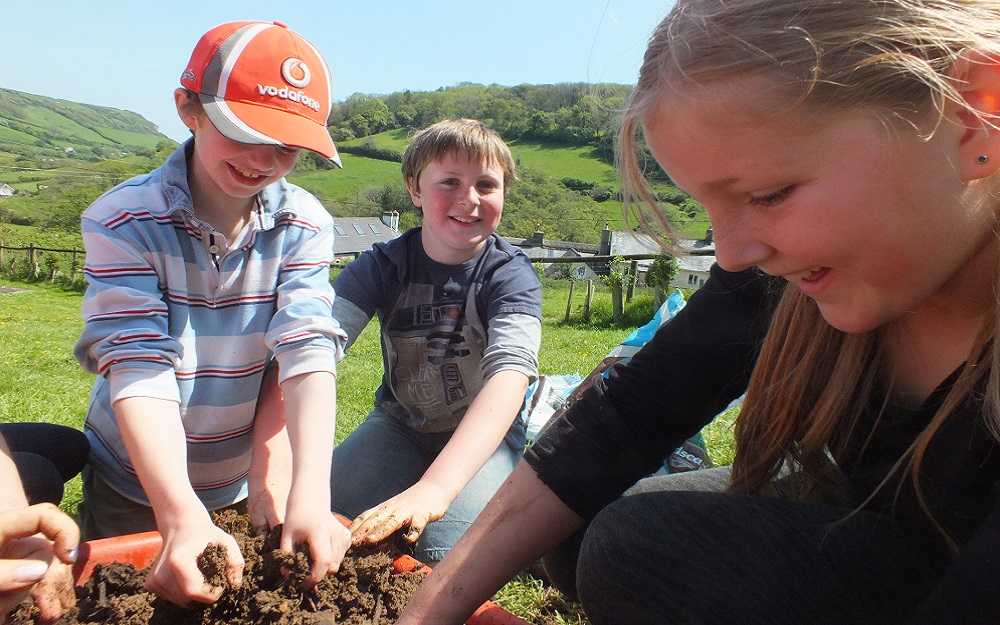
The Flipped Learning model has been around for some time now but can these principles be applied to environmental education projects and fieldwork and what would be the advantages?
Advantages of adopting the Flipped Learning model
Instructors at the University of Texas, Centre for Teaching & Learning have identified the following advantages of adopting the flipped learning model.
Students learn more deeply: As a result of students taking responsibility, interacting meaningfully and often with their instructor and peers, and getting and giving frequent feedback, they acquire a deeper understanding of the content and how to use it.
Students are more active participants in learning: The student role shifts from passive recipient to active constructor of knowledge, giving them opportunities to practice using the intellectual tools of the discipline.
Interaction increases and students learn from one another: Students work together applying course concepts with guidance from the instructor. This increased interaction helps to create a learning community that encourages them to build knowledge together inside and outside the classroom.
Instructors and students get more feedback: With more opportunities for students to apply their knowledge and therefore demonstrate their ability to use it, gaps in their understanding become visible to both themselves and the instructor.
Applying the Flipped model outside the classroom
The “flipped learning” movement is spreading—and not just in classrooms. The North Carolina Museum of Art(NCMA) has developed a pilot program modelled after a flipped classroom, in which the traditional instructional approach is reversed. The result is “Artists in Process,” an effort to create a “flipped museum” that will engage students more effectively than a typical field trip would, according to Emily Kotecki, Distance Learning Educator at NCMA.
According to Kotecki, the prior preparation and “flipped” model allow the students to make relevant connections, discover new artwork, and feel confident exploring the gallery. “Experimentation and risk-taking” happen when the students return to the classroom and create their own art inspired by the artists they chose to study. “We wanted to give a lot more choice to the students to deepen the connection that they have to art, and personalize the learning for themselves.”
“Students are preloaded before they come to the museum, with some experience, some familiarity, and build upon that through active learning approaches once they’re here,” said Michelle Harrell, Acting Director of Education at NCMA. “By flipping it, we give them so much more opportunity to customize what they learned and how they learned it. We believe this is a model that can really flip all of our museum experiences.” NCMA plans to continue using the flipped museum model, while thinking about how it might be tried with other audiences, like teachers and museum volunteers who lead guided tours.
Adapting the flipped classroom model to environmental education.
As outlined by the ‘Artists in Process’ project at the North Carolina Museum of Art the Flipped Classroom places the visit and interactive activity at the heart of learning. The principles of the flipped learning model are in fact simple and can be applied to most learning events. In the context of environmental education the basic subject introduction and engagement is done before the visit/workshop. With a basic understanding of the subject the group now has much more opportunity to interact with and gain a deeper understanding of the visit/workshop subject. On returning to the classroom the final stage encourages the group to place their learning in context with their curriculum outcomes and wider elements of their community and society.
